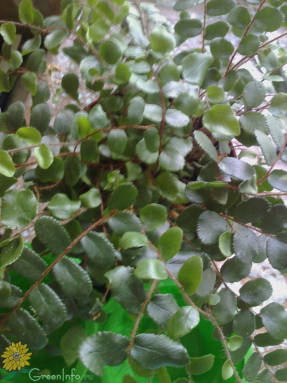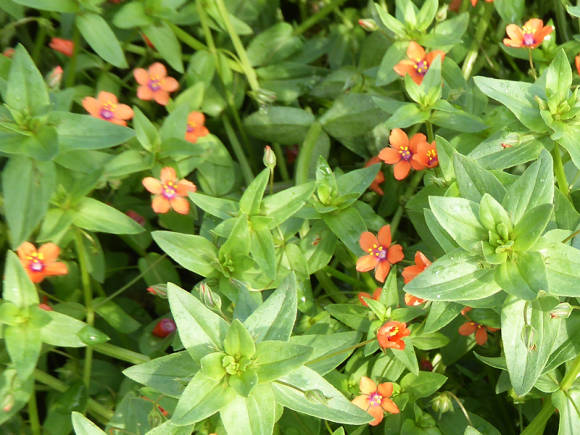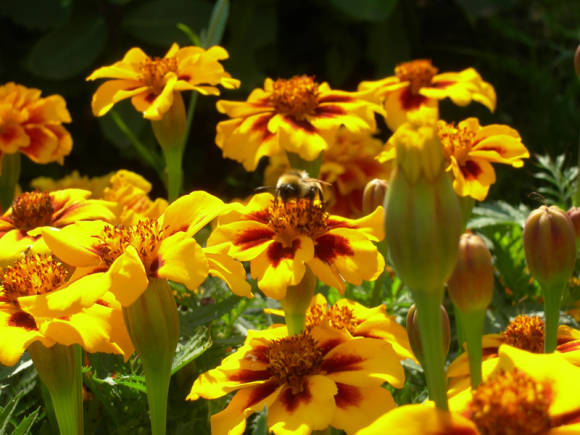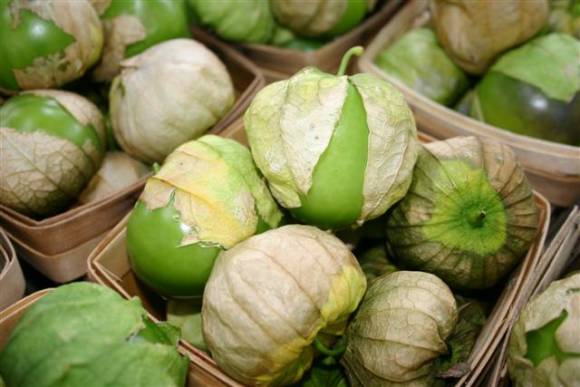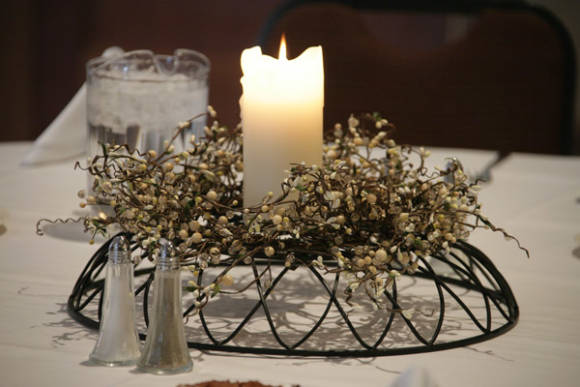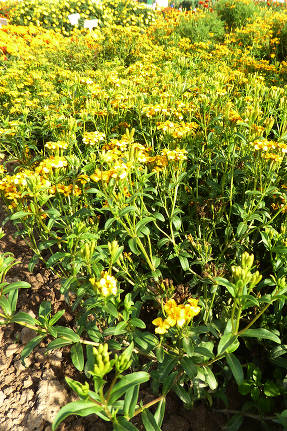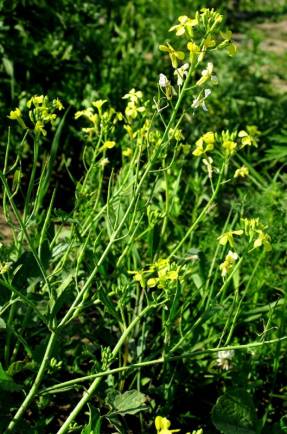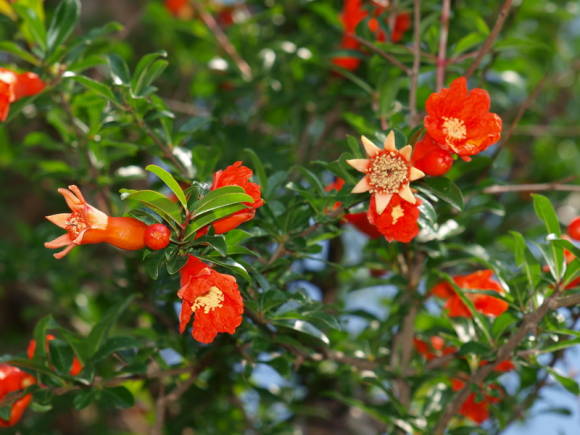Yucca is an interesting slow growing houseplant with a very valuable added benefit of extreme drought tolerance. She is able to grow even with careless care. Yucca is suitable for office and home, a single copy will green up the whole room. It can be called a plant for minimalists.
Among the large number of species and varieties, many of which can be grown at home, as houseplants, mainly aloe leaf yucca is cultivated. (Yucca aloifolia) and the yucca is giant (Yucca gigantea)she is the yucca elephant (Yucca elephantipes). It is better to give preference to the latter type, since the aloe-leaf yucca, called the Spanish bayonet, has narrower and stiffer leaves, sticking out, with cutting edges and a sharp thorn at the end. Such a plant can be dangerous for small children, and it will not be pleasant for adults to hurt it. In the giant yucca, the leaves are wider, slightly curved, also very strong, but softer, without sharp edges and thorny thorns.
 |  |
Usually they buy a yucca grown from a rooted thick section of the stem, on top of which there are several lateral green shoots, therefore it is often called a false palm. Single small plants are sold in small pots. Outdoor large specimens are a composition of several of these trunks of various heights. Less common are stemless yuccas, green or with yellow stripes along the edges of the leaves, similar to dracaena.
Despite the external differences, the care requirements for all yuccas are the same. Growing in hot, dry places, yucca is accustomed to sunlight, poor and well-drained soils, sudden temperature changes and dry periods. The conditions created at home must take into account these natural adaptations.
Lighting. Give the yucca as much light as possible and it will thrive. The best place for it will be windows with a south orientation, yucca grows well on western or eastern windows, but the leaves should not touch the glass. Provide good ventilation to avoid scalding on hot summer days. If the green color is lost in direct sunlight, shade a little.
With a lack of light, growth will slow down, young stems will become thinner, they will begin to bend, the cap of the leaves will thin out. Dark places far from the window should be avoided altogether, there the plant degrades and dies. When greening an office, in less illuminated places it is better to place shade-tolerant dracaena similar in habit, and place yucca directly near windows or under bright illumination.
Watering. Yucca is very sensitive to waterlogging. The most common cause of death of indoor yucca is over-watering. In the spring-summer period, water abundantly, but after letting the soil in the pot dry thoroughly, from ½ to ¾ of the height of the pot. In hot weather in bright sunlight, you may need to water once a week or more. The small size of the pot and well-drained soil throughout the volume will help to avoid waterlogging. Often, fearing overmoistening, water is sparsely watered, the water does not reach the lower roots, which results in prolonged overdrying and death. Make sure that the watering is abundant enough and the lump is completely wetted, if necessary, water in several doses or hold the water in a pan, but no more than 30 minutes. In winter, watering is rare and less abundant after the soil dries out almost to the very bottom.
In multi-stem compositions, the roots of most of the trunks are closer to the bottom of the pot, and in the smallest, in a separate coma on top, this stem is added to others grown together, shortly before sale. Observing rare watering, which is necessary for larger trunks, you can dry out a small specimen, so it is better to water it directly near the base of the trunk with a small amount of water between main waterings.If it is not possible to select the watering regime, then it is easier to plant it, in case of death, replace it, giving preference to the care of the rest, larger plants.
Read more in the article Watering rules for indoor plants.

Air humidity. Moderate humidity will be beneficial, but leaf spraying or other measures to increase air humidity are not required.
Temperature. Yucca is able to withstand sharp daily temperature fluctuations from + 35 ° C during the day to zero at night, so it can easily endure the summer heat. In winter, with a lack of light, it is better to let the plant rest in cool conditions, but not to lower the temperature below + 7oC.
Soil and transplants. Yucca grows relatively slowly, and usually transplants are required no more than once every 2 years, they are carried out in the spring by carefully transferring them into a pot 2 cm wider than the previous one. Do not rush to replant the yucca, the plant grows well when its roots are a little cramped.
Due to the shape of the growth, the center of gravity of the plant is shifted to the top, planting in a deep and heavy container will prevent it from tipping over. For stability, you can put the pot in a planter, but be sure to make sure that no water accumulates there after watering. Yucca does not require a fertile substrate; the most common inexpensive peat soil for indoor plants is suitable for it. To prevent stagnation of water, mix in about 1/3 of the volume of perlite or coarse sand.
When buying multi-barreled specimens, it is not recommended to seat them, the exception is the smallest trunk, its roots are independent and are located in a compact coma. The decorativeness of the plants after planting will decrease, and damage to the roots can lead to their death.
- Soils and soil mixtures for indoor plants
- Transplanting indoor plants
Top dressing. During growth, from spring to autumn, apply complex mineral fertilizers for indoor plants with microelements in ½ dosage.
Read more in the article Top dressing of indoor plants.
Pruning and shaping. Even with slow growth, yucca can turn into a huge plant after a few years, and it becomes necessary to reduce its size. With a lack of light, the shoots are strongly stretched and bare, which also requires forming pruning. You can only prune the yucca in spring or summer when there is enough light. In poor lighting in winter, buds that wake up soon after pruning will develop slowly, and the shoots will grow weak. Cut tops and intermediate stems can be used for propagation.
The stumps should give new shoots, and the cut pieces should give roots. In both cases, growth is likely, but there is no complete guarantee of success. There is a chance of losing both parts of the plant, so do not cut off all the shoots at once, start with 1-2, and when new buds (usually 2-4) wake up on them and start to grow actively, you can start cutting the rest of the shoots.
All work is carried out only with a clean tool, the upper sections remaining on the plant must be sprinkled with coal.
Over time, the old lower leaves die off and remain on the shoots, they are carefully cut off.
Read more in the article Methods for the formation of indoor plants.

Reproduction. Yucca is easily propagated vegetatively - by rooting cuttings. This can be done by using the stems after formative pruning or by cutting off the young side shoots close to the main stem.
In apical cuttings about 20-40 cm long, the lower leaves are removed if necessary, exposing at least 3-5 cm of the stem, this part will be submerged in water or substrate. Lateral shoots and apical cuttings from healthy strong yuccas usually root well just in a jar of water, it is possible with the addition of a small amount of Kornevin (on the tip of a wet toothpick). With a high probability of decay, if the apical cuttings were taken from a diseased plant, it is better to root them in a slightly damp substrate, consisting of equal shares of peat or coconut substrate and perlite,peat soil must be pre-steamed.
In the same way, intermediate leafless cuttings about 20 cm long are vertically planted, just do not confuse their top and bottom.
Intermediate cuttings can be cut into fragments of several internodes and spread horizontally on the substrate, pressing down to about the middle of the stem thickness. From the awakened buds, shoots will grow upward, downward - roots. Cuttings planted in the ground are placed in a greenhouse, sometimes sprayed, the substrate is kept slightly moist. Roots are formed in about 3-4 weeks, at the same time buds wake up in the upper part of the intermediate cuttings.
The specimens grown from apical cuttings and cut off lateral shoots will grow into one trunk, branching will occur only after cutting off the crown or flowering, which occurs extremely rarely at home. Plants obtained from horizontally rooted intermediate shoots will also be single-stemmed.
A yucca grown from a vertically planted intermediate cut will have a trunk equal to the rooted part of the stem (it will no longer grow up), and several lateral shoots.
Read more in the article Cutting indoor plants at home.
Bloom home yucca is rarely observed, but sometimes in favorable conditions a large panicle with white fragrant bell-shaped flowers blooms on the top of the plant.
Virulence. Yucca contains saponins and is considered toxic. Eating its leaves can cause vomiting in dogs and cats.
Read also the article Possible problems when growing yucca.
